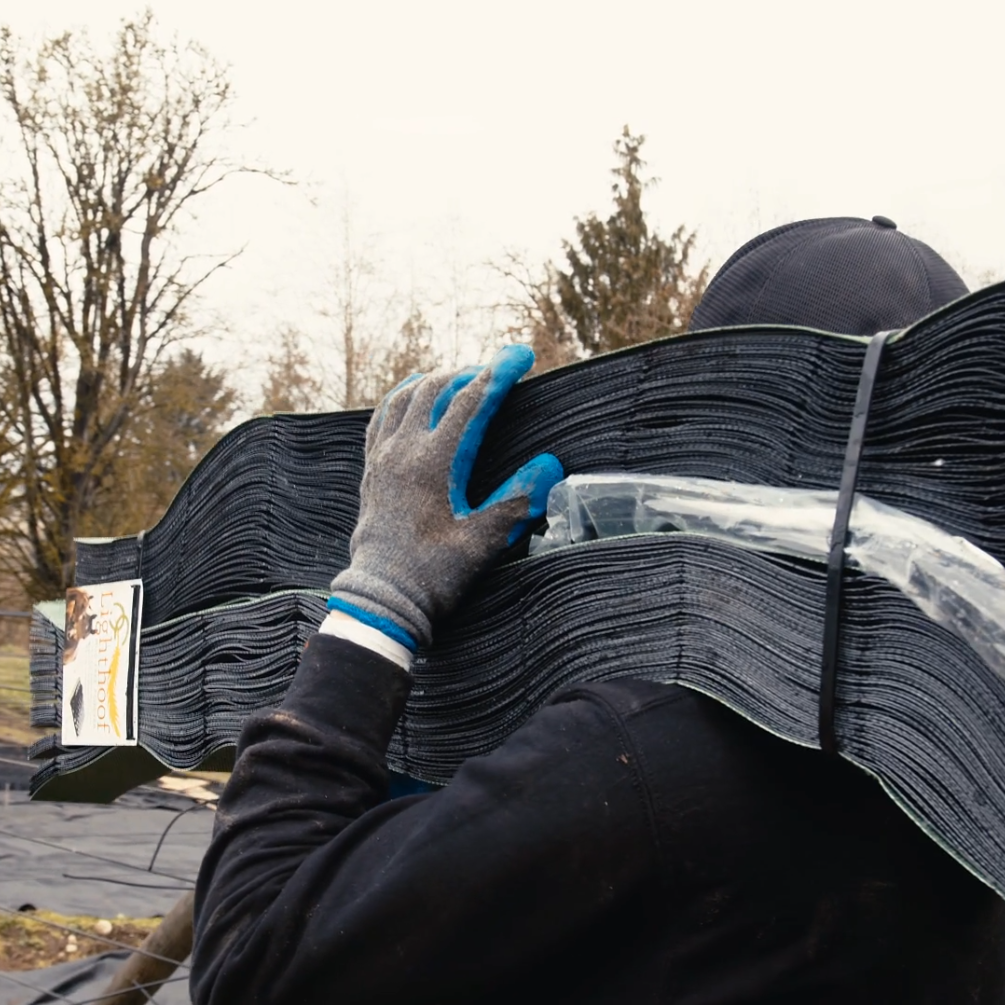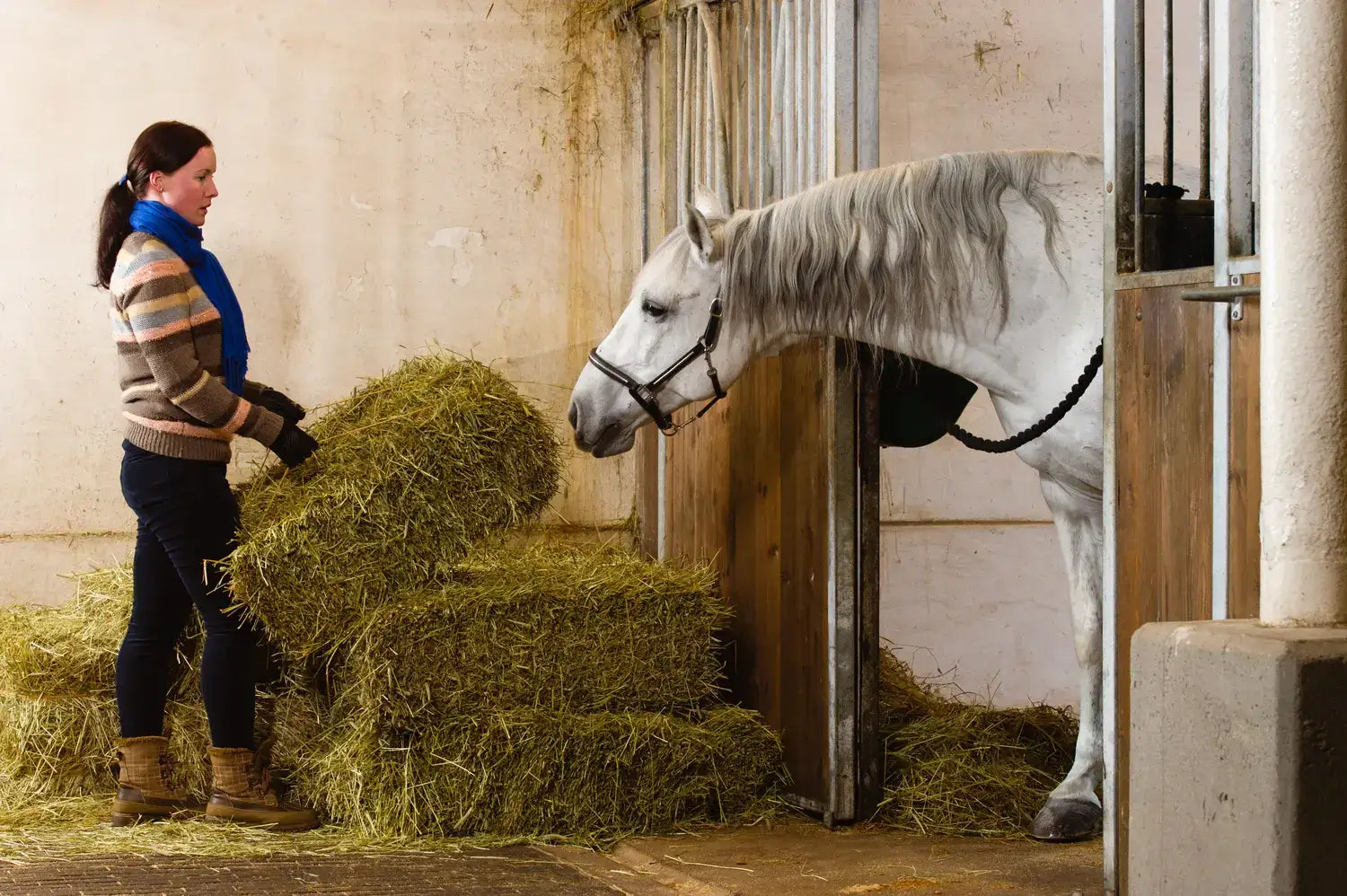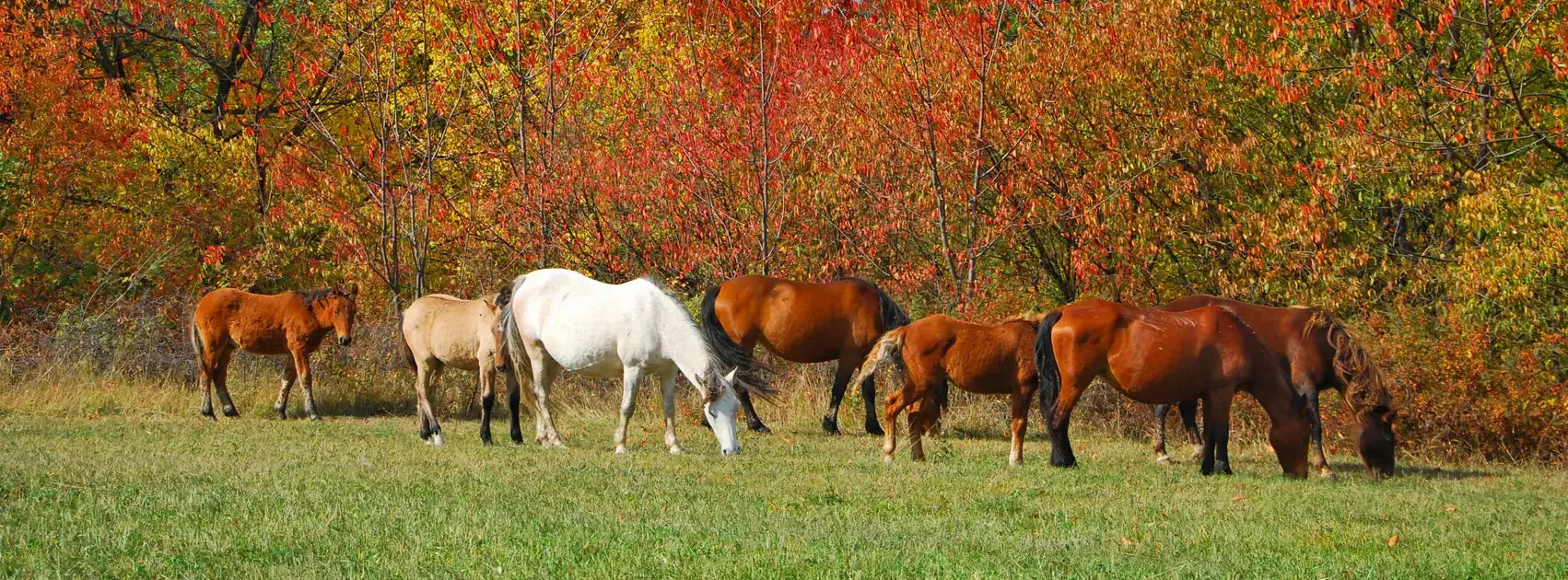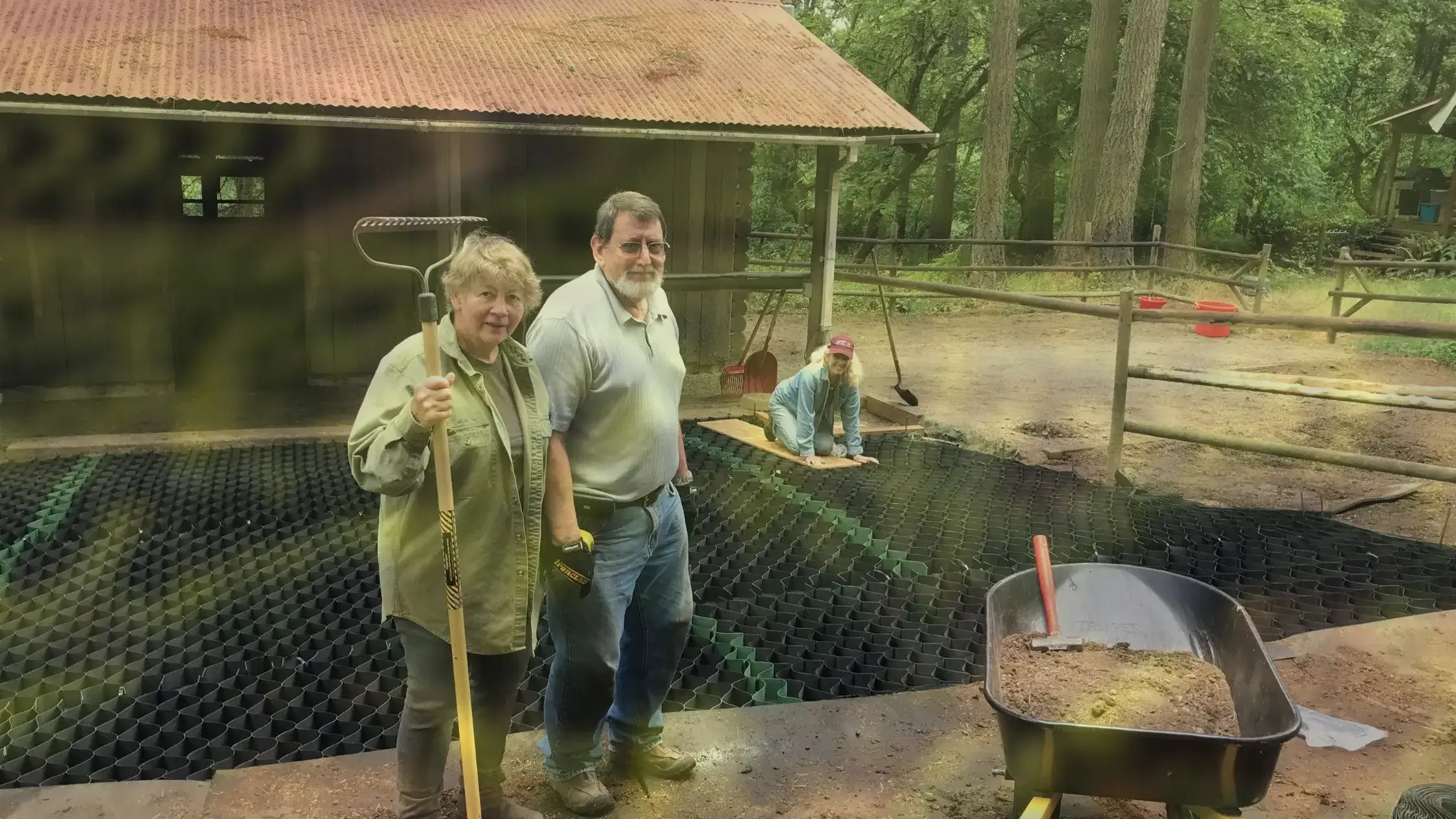When you’re balancing work, family commitments, and caring for your horses, barn chores can start to eat into your day. Luckily, some simple design changes can help to save you time each day. Whether you’re planning to build your dream barn or are considering renovating or changing up your existing barn, consider these time-saving design elements.
5 Stable Management Design Tips to Save Time on Barn Chores
Each of these tips can save you some time on your daily barn chores. Put all of these tips to use and that time will quickly add up.
Create Stall Run-Outs
A large portion of your day will be spent moving horses from their stalls to turnouts, but a strategic barn and paddock design can cut down on this time. Try to build your barn so that each horse has a door to its own run directly off of the back of its stall. Some horse owners design these runs so that they’re large enough to be each horse’s daily turnout area. With horses able to freely go outside throughout the day, the stalls may stay cleaner, saving you on stall cleaning time.
When you plan out your larger paddocks, consider ways that you can save on the time you spend turning horses out and bringing them in each day. Connecting the stall runs to the paddocks is one way to do this. Alternatively, position your paddocks so that part of each paddock runs up as close to the barn as possible. Locate your paddock gates there so turning horses out and bringing them in is easy.
Invest in Quality Stall Flooring
To save time on stall cleaning, invest in quality stall flooring. A system like the StableComfort system makes stalls more comfortable for horses, so you can use less bedding. With less bedding in each stall, they’ll be faster to clean, saving you time each day. Plus, you’ll save time ordering bedding deliveries or stacking bags of shavings, too.
Install Automatic Waterers
Install automatic waterers in paddocks and in stalls to save you time hauling water and cleaning out troughs and buckets each day. It’s much faster to clean smaller automatic waterers, and you won’t have to deal with the other inconveniences of hauling water, like running hoses out to paddocks or carrying buckets through the barn.
Organize Feed and Tack Rooms
When you build your barn, pay careful attention to how you design and organize your feed and tack rooms. Build these spaces so that they’re larger than you anticipate needing them to be, which can help to prevent cramped areas and allow you to install organization systems of your choosing.
Focus on keeping everything well-labeled and accessible. Invest in shelves and cabinets to get smaller items up off of the floor. Structure your feed and tack rooms so that the products you use daily are positioned at the front within easy reach. Place lesser-used items toward the back of the room, or up high.
Design Grooming Stalls with Convenience in Mind
Grooming and tacking up is an activity that you’ll probably do daily, so focus on ways you can make your grooming stalls as easy to use as possible. While you want to keep the stalls open and with plenty of space, look for ways you can safely keep your grooming tools and even your tack nearby. When building a barn, build your grooming stall so that it’s in an accessible, centralized area, then build your tack room right off of that grooming stall.
Even if your barn is already built, you can make some changes to save time when grooming. Invest in organizers and shelves so that the tools you use most frequently are easily within reach. Consider investing in a tack cart so that you can wheel all of your tack, leg boots, and extra supplies from the tack room to your grooming stall in one trip.
Saving Time on Chores
When you’re doing barn chores daily, the time that those chores take can add up. Implementing even just a few of these suggestions can mean that you have more free time for the important things, like spending time with your horses and going for a ride.





Leave a comment
This site is protected by hCaptcha and the hCaptcha Privacy Policy and Terms of Service apply.